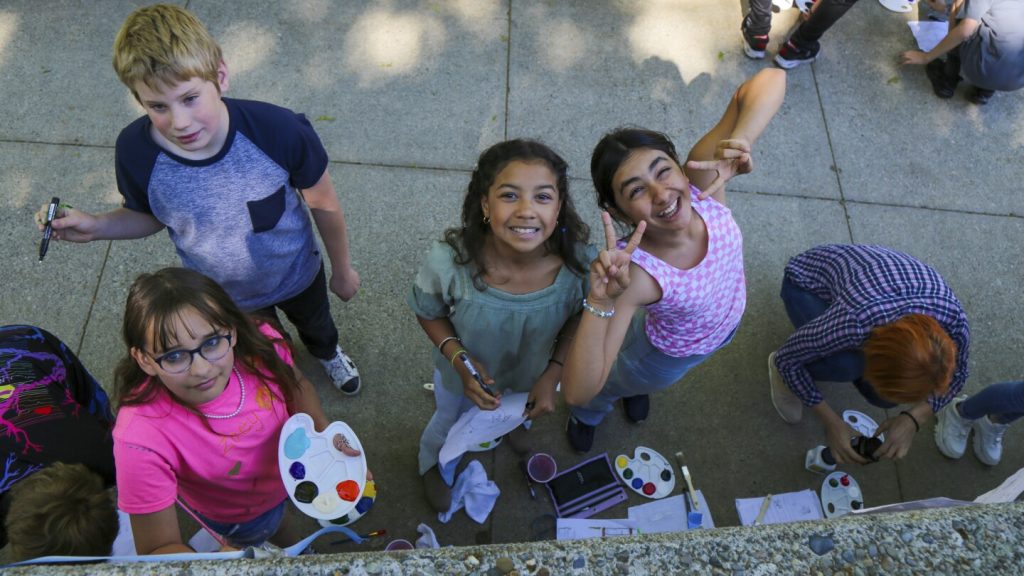Isabella Pires, a student in Massachusetts, noticed a trend of apathy among her peers, which she refers to as the “gradual apathy pandemic.” The problem seems to be exacerbated by social media and the lingering effects of the post-COVID era, leading to decreased engagement in school activities. Educators are finding that traditional lesson plans are no longer enough to keep students interested, as mental health struggles, shortened attention spans, reduced attendance, and declining academic performance become more prevalent. The root of these challenges is often linked to students’ addiction to their cellphones, prompting adults to adopt new strategies to address the issue.
One approach gaining traction is the implementation of cellphone bans in schools, with some educators going a step further by using cellphone pouches, lockers, and bins to enforce the ban. John Nguyen, a chemistry teacher in California, developed a pouch system to address issues of bullying and distractions caused by phones during class. However, these measures may not be effective outside of school hours, leading some schools to focus on providing alternative forms of stimulation through extracurricular activities. The goal is to give students outlets to express themselves without fear of being judged on social media, fostering a sense of community and engagement.
In Spokane, Washington, schools are launching an initiative called “Engage IRL” that encourages students to participate in activities after school, such as sports, performing arts, or clubs. This initiative aims to combat the normalization of isolating oneself with personal devices after school and offers students a chance to connect with their peers in a meaningful way. By providing structured activities for students to participate in, educators hope to increase motivation and attendance rates, tackling issues of disengagement and absenteeism among students.
Some schools have taken a different approach by promoting outdoor activities as a means of fostering student engagement. Thirteen middle schools in Maine participated in a statewide challenge called “Life Happens Outside,” which involved students spending time outdoors away from screens. Teachers adapted their lessons to be taught outdoors, and students were incentivized with a pizza party for camping overnight. The goal is to empower students to connect with nature and each other, promoting a sense of community and shared experiences.
In addition to implementing changes at the school level, educators stress the importance of parental involvement in addressing cellphone culture at home. Teachers like Aaron Taylor from Ohio advocate for setting boundaries with cellphones at home and encouraging students to appreciate the freedom of being away from their devices. They also emphasize the need to address fears of being “canceled” on social media, which can inhibit student participation in class discussions on sensitive topics. By providing platforms for anonymous discussions, educators aim to create a safe space for students to engage in meaningful conversations without the fear of judgment.
Ultimately, the challenge of student disengagement requires a multifaceted approach that involves changes at both the school and home levels. By addressing issues related to cellphone addiction, social media pressures, and fears of being judged, educators hope to create a more supportive and engaging learning environment for students. With innovative strategies and a commitment to fostering a sense of community and connection, schools can work towards reversing the trend of apathy among students and promoting a culture of active participation and engagement.


